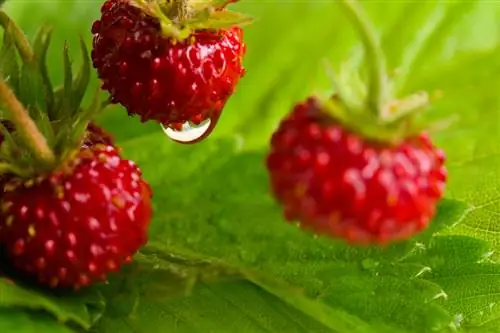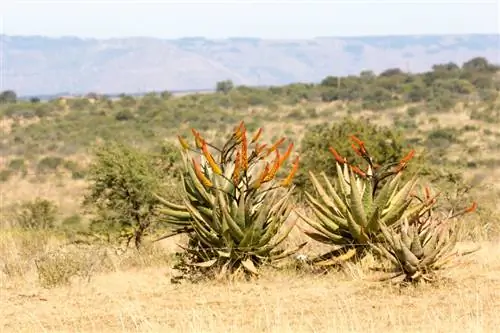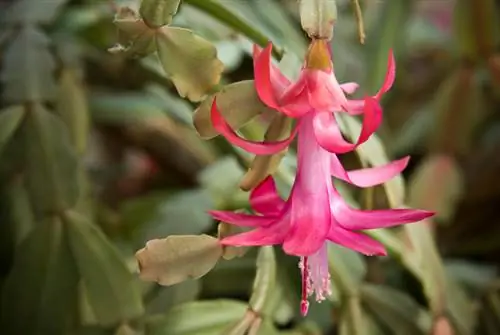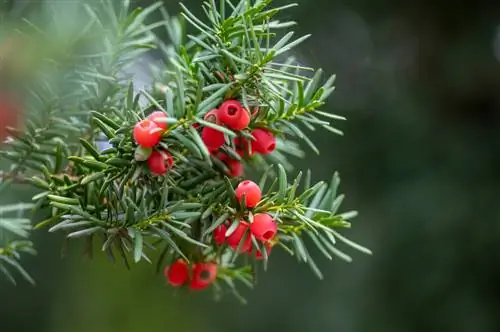- Author admin [email protected].
- Public 2024-02-02 01:04.
- Last modified 2025-01-23 11:20.
The coconut probably comes from Melanesia, a group of islands in the southern Pacific. Coconuts have a very long shelf life and are lighter than sea water, allowing them to float long distances across the sea and take root on new beaches.

Where does the coconut come from?
The coconut probably comes from Melanesia, a group of islands in the southern Pacific. Today coconuts are mainly imported from Asian countries such as Thailand or Sri Lanka as well as from South America, for example Brazil.
The spread of the coconut palm
The coconut palm is native to the tropics worldwide. They need lots of water, warmth and sun. Humans are primarily responsible for the spread of the coconut palm in South America and Mexico. After all, the coconut palm is one of humanity's most important crops and has been for thousands of years. It offers building materials, fuel, drink and nutritious food.
Use of coconut palm:
- Wood for building hutsPalm fronds for roofing
- Sheets for weaving baskets and mats
- dried nut shells as fuel
- Coconut water for drinking (fresh or fermented)
- Flesh for eating (fresh or dried as copra)
- Palm oil for the food and cosmetics industry
Climatic requirements of the coconut palm
Coconut palms need lots of sun, warmth, water and high humidity. Sandy-loamy and nutrient-rich soils are well suited for their cultivation. Plantations with nutrient-poor soils require plenty of fertilization. Coconut palms do not tolerate long dry periods well, nor do they tolerate temperatures below 20 °C or partial shade. All of this damages the fruit set.
Where are coconuts imported from?
Today, coconuts are imported from various Asian countries, including Thailand and Sri Lanka. The tropical climate with lots of sun and high humidity as well as the island location with lots of fresh wind are ideal conditions for lush growth and fruits with a mild aroma. Many coconuts are also imported from South America, for example from Brazil.
As with many other agricultural products, at least some producers are converting the production of coconuts to organic cultivation in mixed cultures. Environmentally-oriented buyers can use the Fair Trade seal if they want to support small farmers with their purchase.
Tips & Tricks
The coconut palm is one of the most important and versatile crops used by humans. It provides food, building materials and fuel and is an ornamental houseplant. However, it is quite demanding and needs a lot of sun, water and warmth to thrive.






